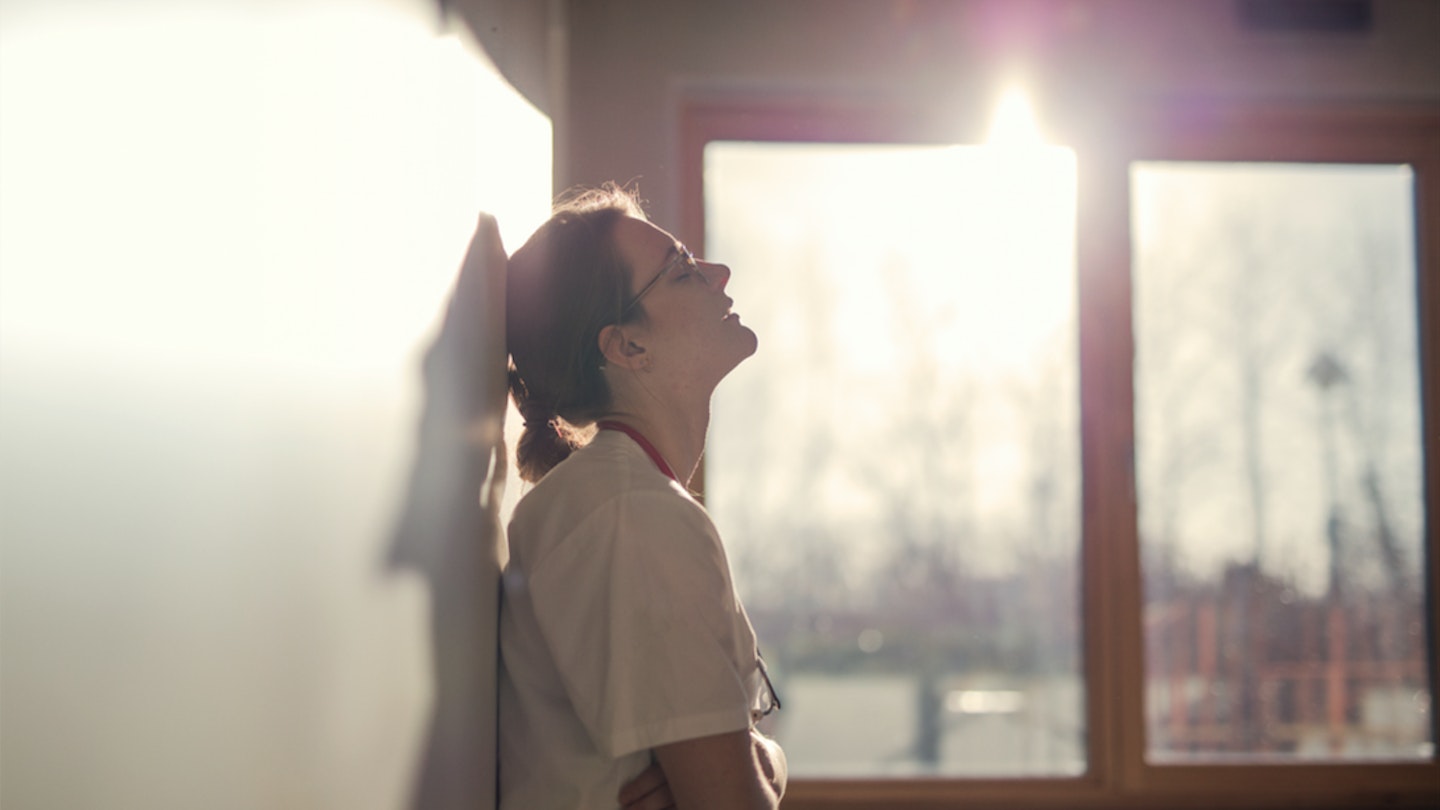‘I’ve been called a naughty girl several times by senior BMA [British Medical Association] members,’ says Dr Zoe Norris, whose position as chair of the GP sessional sub-committee at the BMA comes to an end this June, ‘I’ve been told that I don’t understand things in meetings because I’m a woman, had comments made about what I’m wearing, heard about the sexual exploits of my male colleagues and them commenting on female colleagues breasts and bottoms.
'When I’ve asked them to stop, i've been ignored.’
Norris is one of four doctors calling out the misogynistic behaviour that runs rampant throughout the BMA, in what’s being dubbed the #MeToo moment for the medical profession. And while she’s had to suffer through endless everyday sexism and sexual harassment working at the BMA, she considers herself lucky. Lucky that she’s now in a position where she can speak up, a privilege she fears so many other women in the BMA do not have.
‘I’ve held my current position for three years,’ she tells Grazia, ‘and I’m not intending to stand for election in anything involving the BMA, so I have nothing to lose. Actually, all four of us are doing it because we have stepped down from our positions, so we feel we are able to now. The fact that none of us felt that we could when we were in that position really is a testament to how intimidating the environment is.’
The three other women Norris is referring to are Dr. Katie Bramall-Stainer, Dr. Stephanie DiGiorgio and Dr. Amy Small. While Bramall-Stainer co-wrote the exposé for GP Online that shone a light on sexism within the BMA, both DiGiorgio and Small have supported their accounts with experiences of their own. In fact, DiGiorgio too received ‘naughty girl’ comments from senior BMA members after challenging Jeremy Hunt at a conference.
Describing the environment at the BMA, Bramall-Stainer and Norris detailed ‘the squeezing of thighs. The patting of the bottoms. The incessant nudge-nudge, wink-wink more suitably placed within a 1970s Monty Python sketch.’
While all four women have chosen to take the risk of being ostracized for speaking out, their main fear is for their female colleagues currently being represented by an institution that clearly has no respect for them. This is the union that is meant to protect their interests, yet maintains a culture that- according to Norris – pushes women aside.
‘There are very few women in a position of power and influencer in the BMA,’ she said, ‘we were ignored in meetings and the chain of hierarchy so when decisions should have come to us we were bypassed, and when I tried to raise those concerns I would not be supported or listened to, to the point I actually withdrew a complaint I made.’
Stating that an entire generation of leaders has been cast aside by this anti-women attitude in the BMA, Norris's experiences haven’t just drained her, but they have also given her a sense of guilt. She says she experienced the rationalisations that we often make when we experience outright sexism, the questioning ‘he couldn’t have meant that like it sounded, could he?’, the doubtful ‘he was just joking, wasn’t he?’, and the ever-obeying ‘don’t bring it up in front of everyone, it’s too awkward’. These are the thoughts that have plagued her.
As women you think “could I have handled this differently?"
'As women you often have that sense of guilt,’ she says, ‘thinking “could I have handled this differently? Should I have done something sooner? How could I have made them listen?” you think it's your fault.’
‘And so, I feel bad for standing down,’ she continues, ‘leaving this unresolved, I feel bad that I can't say to a young female doctor “yeah, you should go for a role in the BMA, it'll be great you'll get experience and you’ll be well supported”. I’m a mother of two daughters and to think they could be in this position one day and nothing would have changed, it’s just unacceptable.’
Of course, speaking out as she and her colleagues have has forced the BMA to address the accusations. Launching an independent investigation into abusive behaviour in the BMA, Dr. Chaand Nagpaul, chairman of the BMA, stated he was ‘appalled’ to hear about the women’s experiences.
‘In order to be truly representative, we cannot afford to lose valued members as a result of inappropriate behaviour going unchallenged, and ultimately, it will be the profession that loses out if we do,’ he said last week. 'We are launching an urgent and wholly independent investigation in response to these allegations, and we are reaching out to affected members to invite them to be an integral part of this.’
For Norris, whether or not this investigation truly makes a difference depends entirely on how independent it is, and how willing the BMA are to realise the ‘uncomfortable truths’ that lie within. The truths that have, according to her, stopped many women from excelling into leadership positions at the BMA.
Of course, women reaching a glass ceiling in medicine is not just a BMA issue. According to the 2019 Gender Pay Gap in Medicine review, ‘the continued dominance of men in senior medical positions is one of the main causes of the gender pay gap in medicine.’
With a 17% pay gap for doctors, and 33% for GPs, the government-sponsored review found that women are hugely under-represented in senior medical grades. It is no wonder then, that in an industry that treats women so unequally, female patients experience the knock-on effect of such everyday sexism.
‘Patients like seeing female doctors, female GPs are much less likely to get complaints than any other type of GP,’ says Norris, ‘and you would have thought the profession would want to support them. If you have that much of a workforce who are not being represented and who are not being heard it has a knock-on effect on the kind of support they get in those roles.’
When unprofessional behaviour goes unchallenged, patient safety suffers
At the announcement of a new programme by the General Medical Council (GMC) that will train doctors in handling unprofessional behaviour from colleagues, GMC chair Dame Clare Marx acknowledged this. In fact, she says that when unprofessional behaviour goes unchallenged, patient care suffers. ‘All of the evidence shows us that when clinical environments are poorly-led unprofessional behaviour goes unchallenged and patient safety suffers.'
While Marx was concerned about junior doctors not receiving the support that would make them the best doctor they can be, and Norris was worried female doctors don’t receive enough support by their union - what is telling within the experiences of harassment and sexism in particular is how embedded it is within the culture of medicine, and how that can undoubtedly impact the psyche of male doctors when treating female patients.
In fact, earlier this year a study found that women are three times more likely to die of a heart attack than men because doctors fail to prescribe women the same treatment. Attributing it to Yentl syndrome, where male doctors are twice as likely to ascribe female pain to psychological causes and half as likely to prescribe the necessary pain relief, the phenomenon explains why female patients tend to avoid male doctors when they can. According to 2018 research by YouGov Omnibus, nearly half of women prefer being treated by a female doctor.
Of course, you can't always show gender preference for whom treats you and so the issue of ignoring female pain prevails. So much so that it has spurred numerous books within the last year. From Julia Buckley’s ‘Heal Me’ to Caroline Criado-Perez’s ‘Invisible Women’, it’s finally being highlighted just how deadly internal sexism can be within medicine- the industry built to protect us from that very subject.
With female doctors at the BMA experiencing outright external sexism, and female patients experiencing the effects of internal sexism every day, it seems the roles of female doctors like Norris, Brammal-Stainer, DiGiorgio and Small are more integral than ever.
Click through for facts about women around the world...
Debrief Facts about women around the world
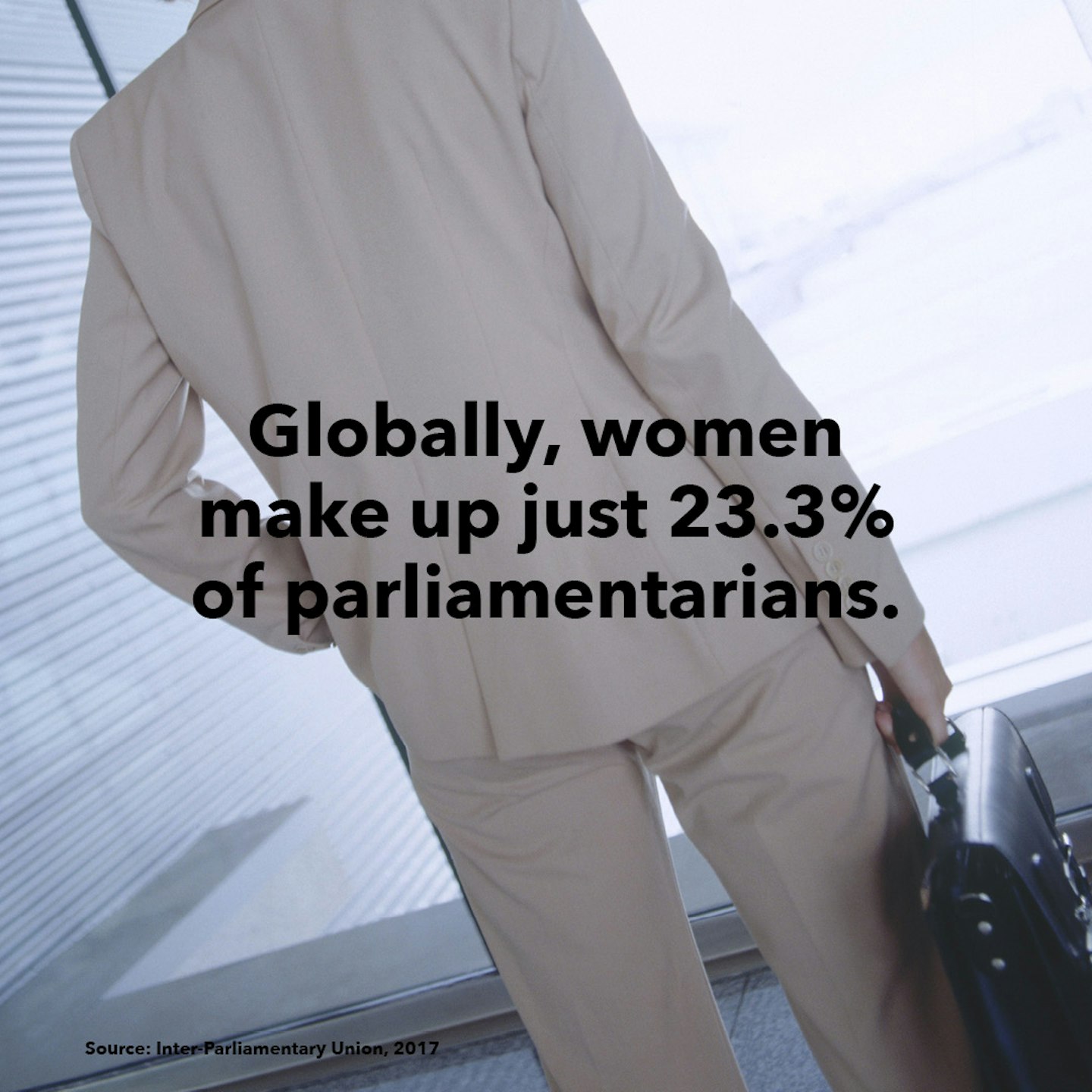 1 of 18
1 of 18Facts about women around the world
 2 of 18
2 of 18Facts about women around the world
 3 of 18
3 of 18Facts about women around the world
 4 of 18
4 of 18Facts about women around the world
 5 of 18
5 of 18Facts about women around the world
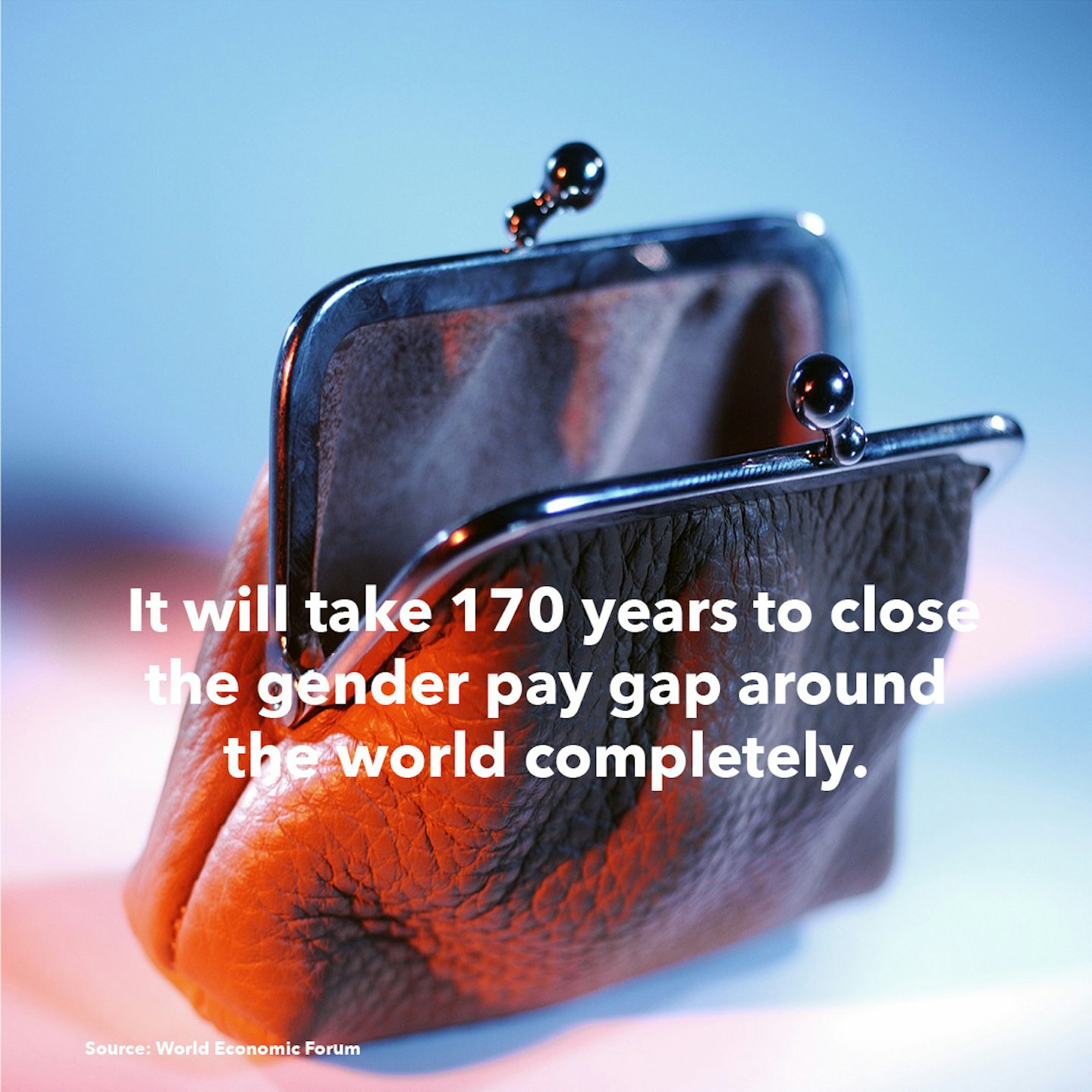 6 of 18
6 of 18Facts about women around the world
 7 of 18
7 of 18Facts about women around the world
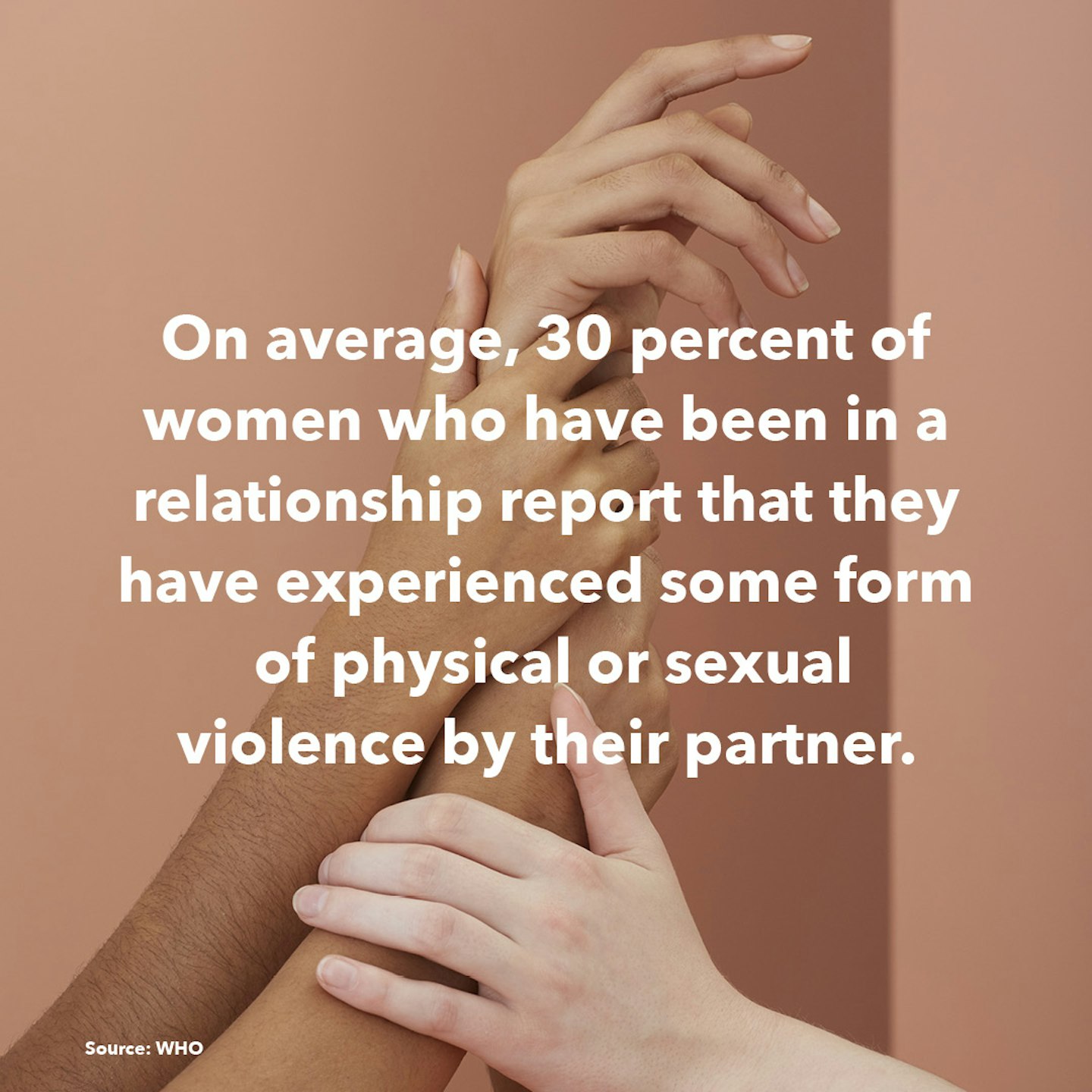 8 of 18
8 of 18Facts about women around the world
 9 of 18
9 of 18Facts about women around the world
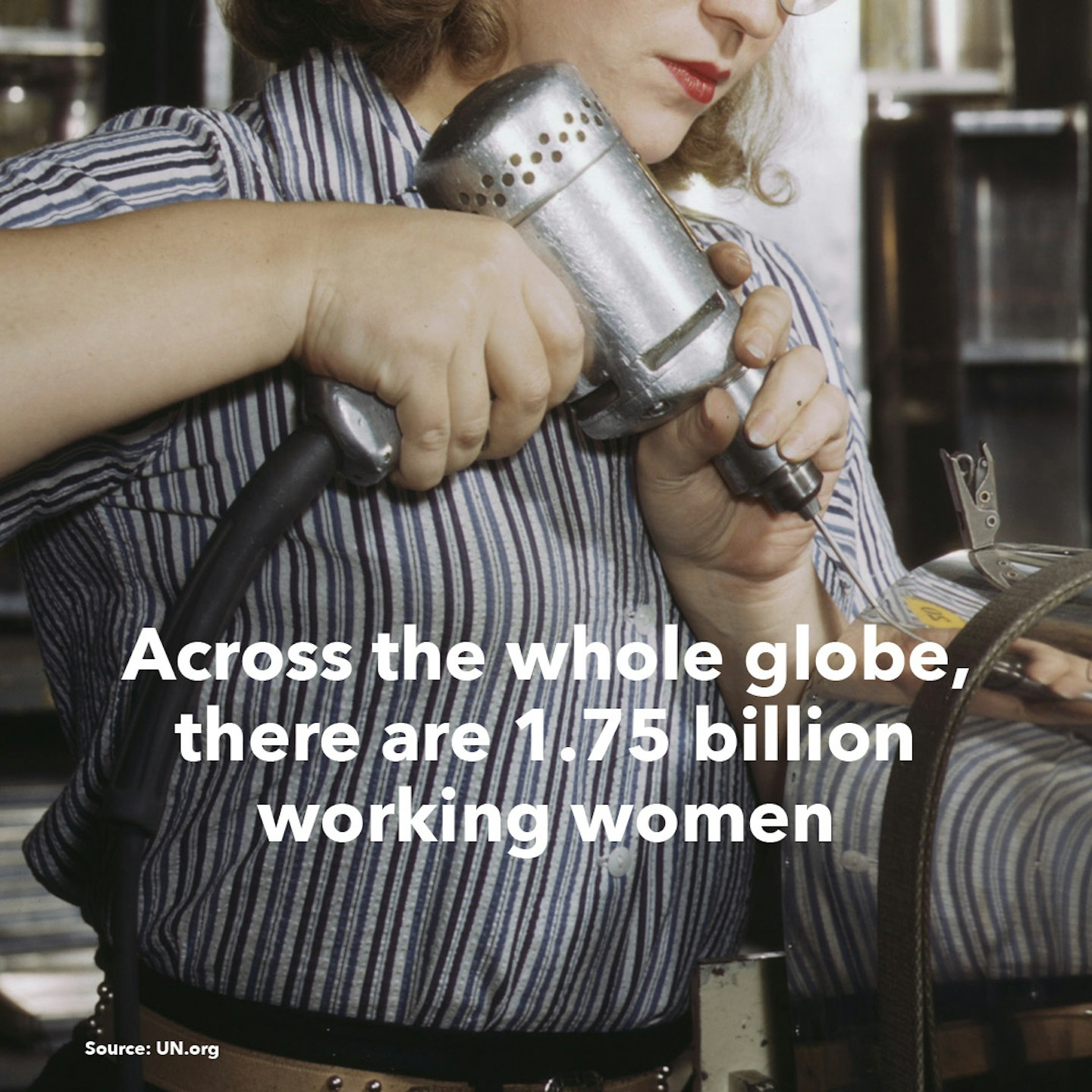 10 of 18
10 of 18Facts about women around the world
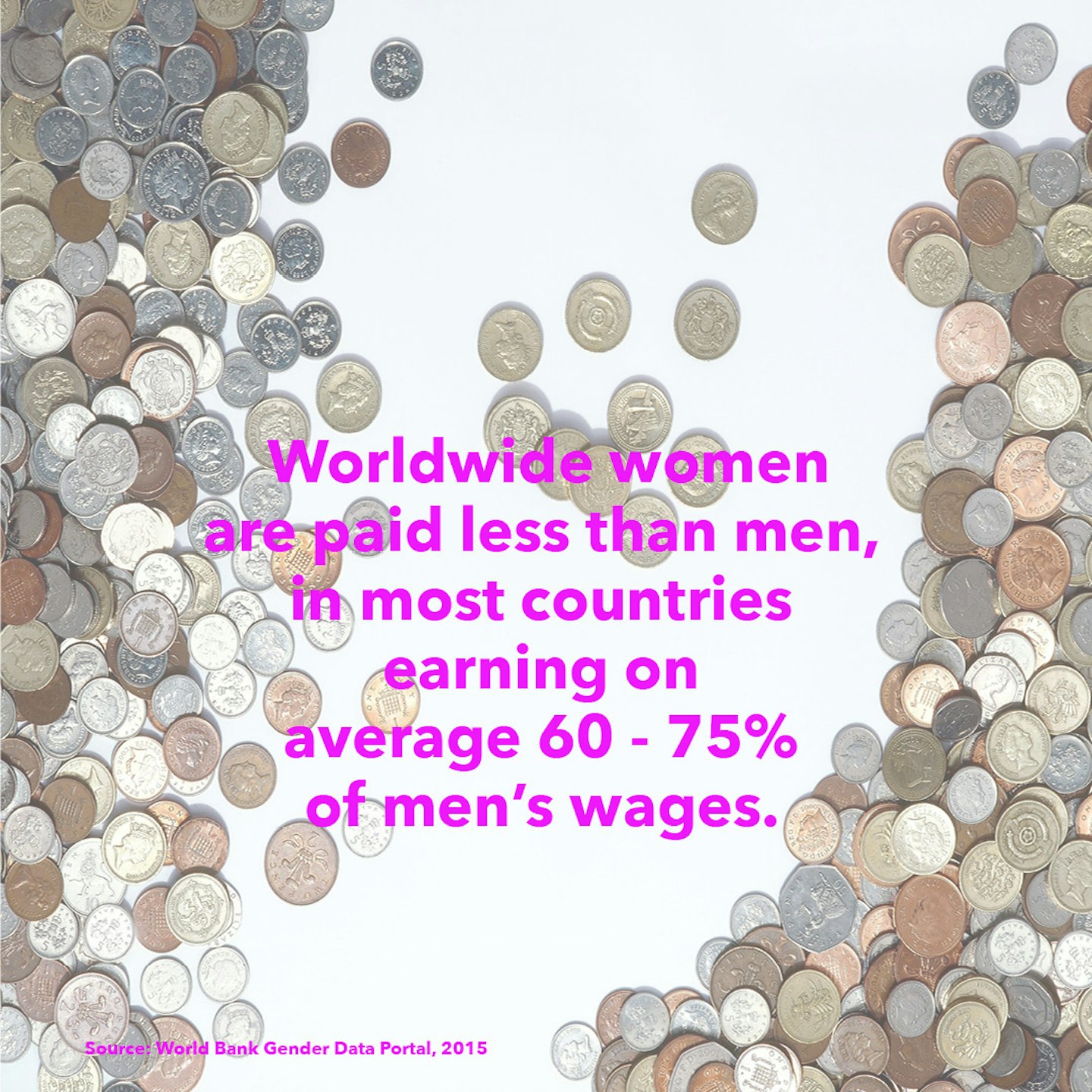 11 of 18
11 of 18Facts about women around the world
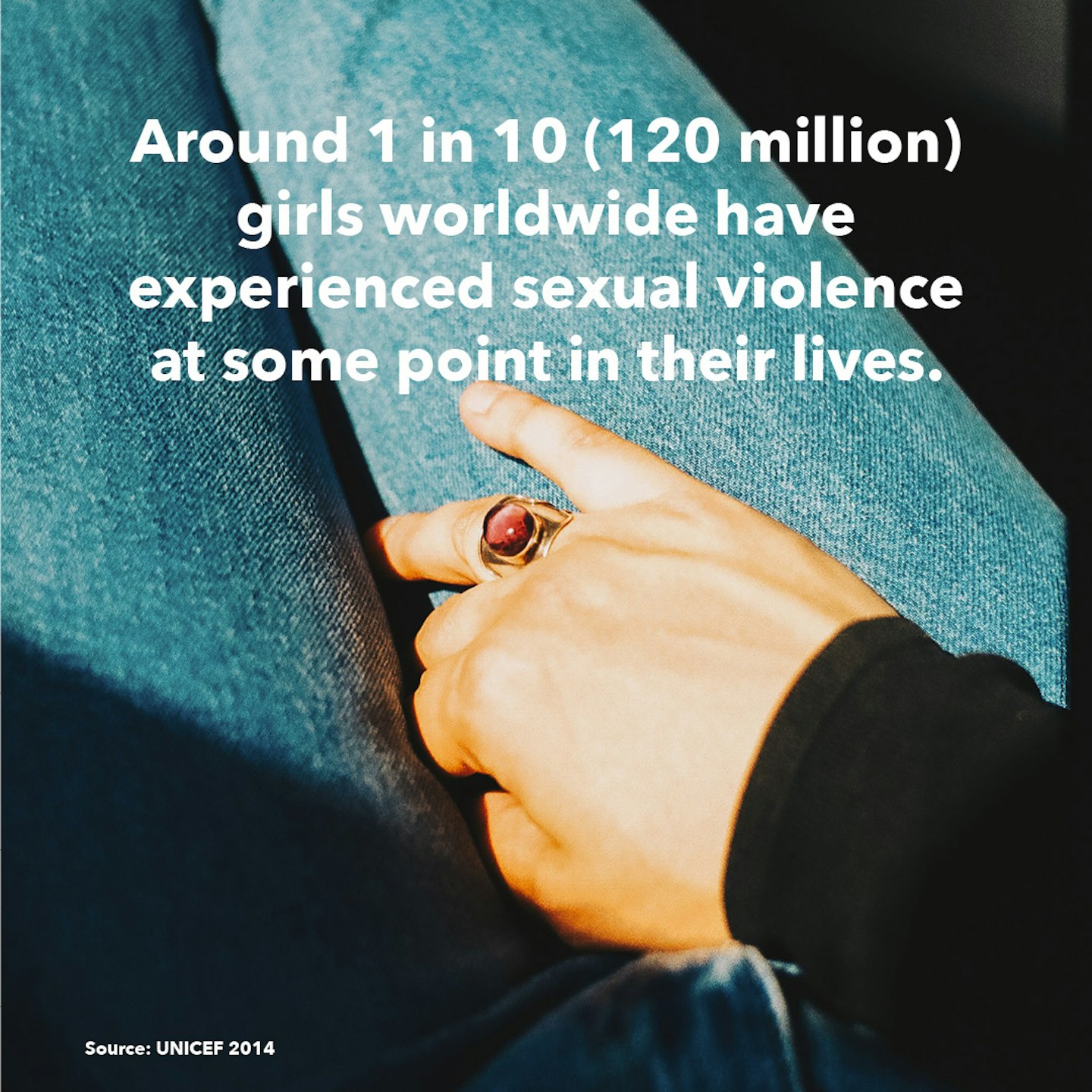 12 of 18
12 of 18Facts about women around the world
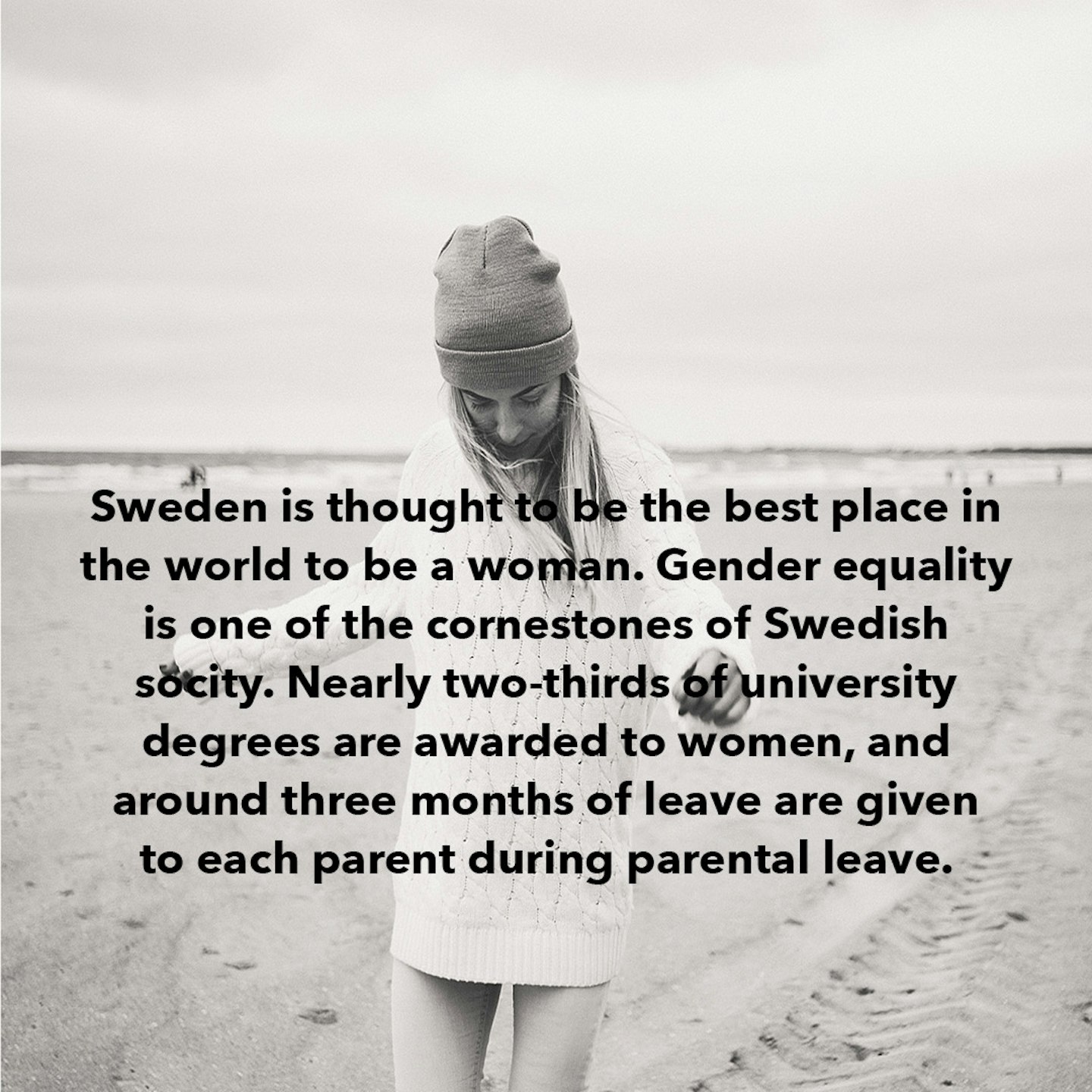 13 of 18
13 of 18Facts about women around the world
 14 of 18
14 of 18Facts about women around the world
 15 of 18
15 of 18Facts about women around the world
 16 of 18
16 of 18Facts about women around the world
 17 of 18
17 of 18Facts about women around the world
 18 of 18
18 of 18